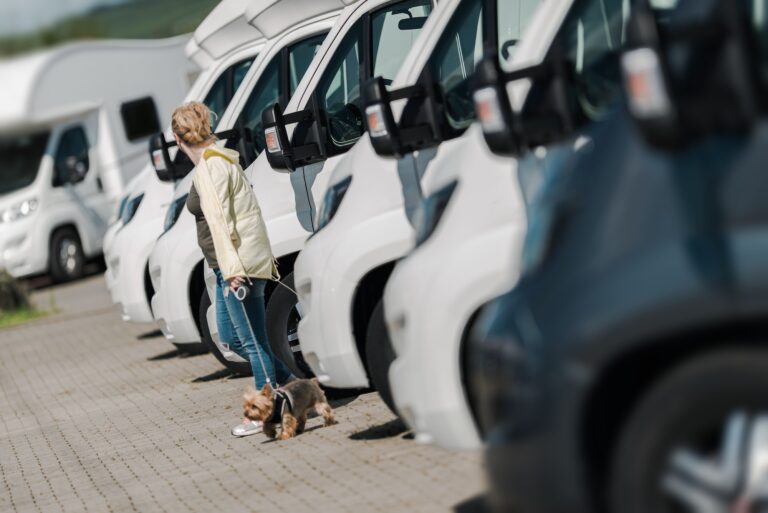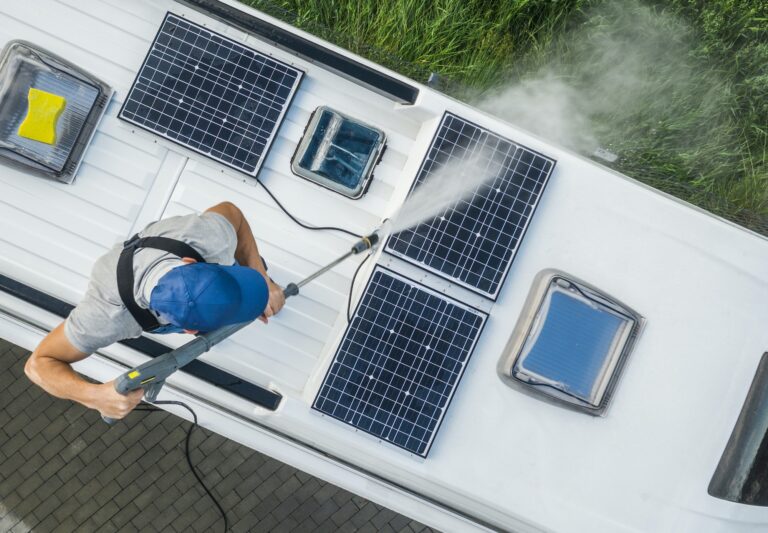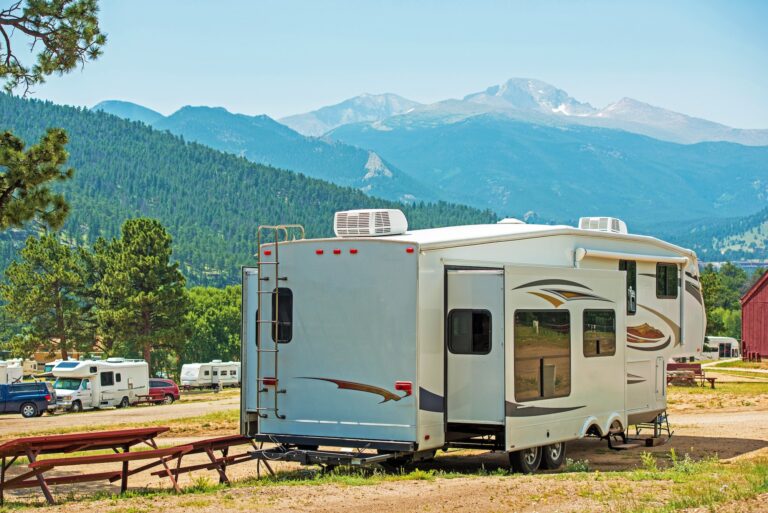Boondocking, also known as wild camping or dry camping, refers to camping without the typical hookups for power, water, and sewer. One of the great joys of owning an RV is the freedom it affords to explore and camp in public lands, far from crowded campgrounds. This guide will provide a comprehensive overview of boondocking for first-time RVers.
1. Understanding Boondocking
First, let’s understand what boondocking is and why it’s an appealing option:
- Exploring Nature: Boondocking allows you to experience the beauty and solitude of nature far from the hustle and bustle of crowded campgrounds.
- Economic Camping: Public lands usually allow free camping or charge minimal fees, making boondocking an economical way to travel.
- Freedom and Flexibility: When boondocking, you have the freedom to choose your camping spot and can change your location whenever you want.
- Self-Reliance: Boondocking involves being self-reliant, which can be a rewarding experience.
2. Finding Boondocking Locations
The United States is rich with public lands that offer boondocking opportunities:
- Bureau of Land Management (BLM): BLM manages extensive lands primarily in the Western US that are open for boondocking.
- US Forest Service: National Forests often have areas where dispersed camping is allowed.
- National Park Service: Some national parks and monuments may allow boondocking in certain areas.
- Apps and Websites: Use resources like the Public Lands app, Campendium, or FreeCampsites.net to help locate potential boondocking spots.
3. Preparing for Boondocking
Preparation is key when it comes to an enjoyable boondocking experience:
- Water and Waste: Make sure your fresh water tanks are full and your waste tanks are empty before heading out. Bring portable jugs for extra water if needed.
- Power Management: Consider investing in a good RV battery, solar panels, or a generator for your electricity needs. Remember to monitor your usage.
- Food and Supplies: Stock up on food, medicine, and other supplies. You may be far from stores when boondocking.
- Emergency Preparedness: Have a first-aid kit, a tool kit, and know what to do in case of emergencies.
4. Boondocking Etiquette
Respecting nature and others is an essential part of boondocking:
- Leave No Trace: Pack out all your trash, do not disturb wildlife, and leave your camping spot as you found it.
- Respect Land Use Regulations: Follow all regulations regarding camping, fire use, and vehicle operation. Stay on established roads and trails.
- Consider Your Neighbors: If there are other boondockers nearby, give them plenty of space. Keep noise levels down, especially at night.
- Stay Limit: Most public lands have a stay limit, often 14 days. Be sure to move on when your time is up.
5. Staying Safe While Boondocking
Safety should always be a priority when boondocking:
- Weather Awareness: Check the weather forecast before heading out. Severe weather can turn a fun boondocking experience into a dangerous situation.
- Wildlife Safety: Store food and trash securely to avoid attracting wildlife. Know how to respond to wildlife encounters.
- Personal Safety: Let someone know where you’re going and when you plan to return. Keep your RV secure and have a plan in case of emergencies.
- Navigation: Have a reliable GPS or physical map. Cell service can be spotty or non-existent in remote areas.
Boondocking is an incredible way to experience the freedom and adventure that RVing offers. By understanding what boondocking is, knowing how to find great locations, preparing adequately, respecting nature and others, and prioritizing safety, you can have a truly memorable camping experience. Remember, the essence of boondocking lies in enjoying nature responsibly and leaving it undisturbed for others to enjoy. Happy boondocking!






